Business owners and entrepreneurs now feel the need for flexible and efficient solutions more than ever. Fabric structures combine versatility with functionality and change the very concept of temporary warehousing. Whether you need to expand, manage seasonal inventory surges, or disaster recovery spaces on the fly, these innovative tensile structures offer a practical, quick, and cost-effective solution.
In this article, you’ll read about the remarkable advantages of using fabric structures for your temporary warehousing needs. Read on to understand why, sometimes, the best solutions are not only effective but also simple!
Cost-Effective
Fabric structures present affordable alternatives to permanent traditional buildings. The materials and the means of construction are cheap, and the initial investment is low. Besides, site preparation is also less since temporary structures don’t need elaborate foundations or landscaping.
For manufacturing businesses, the reduced upfront costs free up funds for other priorities like product innovation or improving customer experience. So, why sink your budget into a permanent facility if you only need temporary space?
A startup, for instance, can erect engineered fabric buildings for prototyping at one-third the cost of traditional buildings. A fair or festival organizer could create an open-air venue with fabric tensile structures, avoiding the massive price tag of permanent construction.
With lower material, labor and site costs, fabric buildings maximize your budget. You get a functional, enclosed space without breaking the bank. That’s wise cost-effectiveness for innovative businesses.
Durable and Weather Resistance
Regardless of their lightweight, fabric structures can withstand harsh weather conditions. This high-end fabric membrane has special treatment against ultraviolet light, fire, heavy rains, snow, and strong winds. Utilizing them for your storage needs gives you maximum protection for your goods.
The structures also have a sturdy metal framework that provides rock-solid stability. Combined with powerful anchoring systems that won’t budge, custom fabric building can shrug off severe storms and high winds that would damage flimsier shelters.
For example, fabric structures have been used as emergency shelters and command centres during hurricanes and blizzards. Military units rely on deployable fabric structures for covered equipment storage and temporary barracks in austere environments. Even commercial operations use them for secure outdoor storage through blistering summers and freezing winters.
Adaptable and Versatile
Flexibility is a significant advantage of fabric structures. They aren’t limited to one size or shape. From compact units for temporary storage overflow to massive warehouses for large-scale projects, there’s a fabric structure ideally suited for your needs.
In addition to flexibility, the modular design of a tension fabric structure allows for endless customization possibilities. You can add extra bays to increase square footage, climate control systems for temperature-sensitive materials, and various door styles for easy access.
For example, a landscaping company could use a basic fabric shelter for winter equipment storage and then incorporate ventilation and access points for a spring or summer nursery space. A construction company, on the other hand, can use a fabric structure as temporary job site offices or material storage facilities that you can quickly relocate as projects progress.
Quick to Set Up and Dismantle
Time is money, especially when considering your warehousing needs. The installation process of tension fabric structures takes a surprisingly shorter time. This makes the construction of such structures fast and convenient; they feature a modular design with lightweight elements that, therefore, make it a matter of days or even hours.
The quick deployment of these structures is of particular benefit to seasonal businesses that have to cope with infrequent surges in inventory. Or companies that need immediate storage solutions for cases not forecasted.
On the other hand, the dismantling of the fabric structure is equally efficient. It has a modular design that you can easily dismantle and relocate or reuse depending on your needs. This takes away the burden of permanent structures, which stay long after they accomplish their purpose.
Easy to Maintain and Repair
Maintaining and repairing fabric structures is relatively easy as compared to traditional structures. You can clean or replace the fabric cover as needed; there are no requirements for renovations. And if any damage occurs to the sturdy metal framing, swapping out modular components is a straightforward task.
Another equipment maintenance benefit is that no foundation can crack, shift, or degrade with time. This means you can avoid structural repair headaches and costs associated with conventional permanent constructions.
For example, if you’re using a fabric storage facility for industrial equipment, you can refresh each season by swapping out the dirty fabric cover for a new, clean one. If a forklift accidentally backs into a support beam, you can replace that single piece without overhauling the entire structure.
Energy Efficient
Energy efficiency is also an added advantage of using fabric structures for your warehousing needs. The translucent fabric roofing allows natural light to brighten the interior during the day, reducing the need for electric lighting. You’ll instantly cut down on energy usage and costly utility bills.
However, the energy efficiency of these structures doesn’t end there; the materials used also provide excellent insulation to help maintain comfortable interior temperatures year-round. Less heat transfer means less demand on your HVAC system for heating and cooling.
A manufacturing plant using a tension fabric building, for example, can reduce its carbon footprint from lighting and climate control. Sunlight pours through the fabric roof, eliminating the need for energy-guzzling artificial lamps during daytime operations. The insulation properties help maintain optimal temperatures for workers and machinery without spiking heating and cooling costs.
Conclusion
Fabric structures provide an ingenious solution for businesses seeking flexible, cost-effective warehousing and storage options. Their affordability, swift deployment, adaptability, durability, and energy efficiency make them an attractive alternative to permanent buildings. From rapid deployment for short-term storage requirements to customizable solutions for your warehousing needs, fabric structures provide a unique combination of functionality and value.


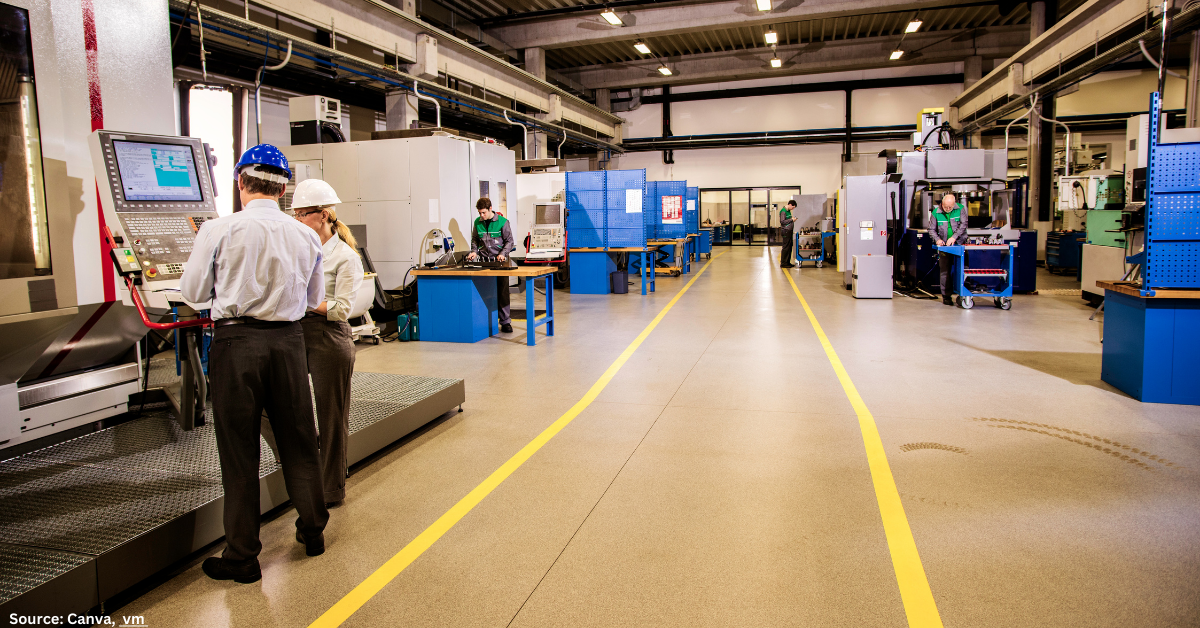
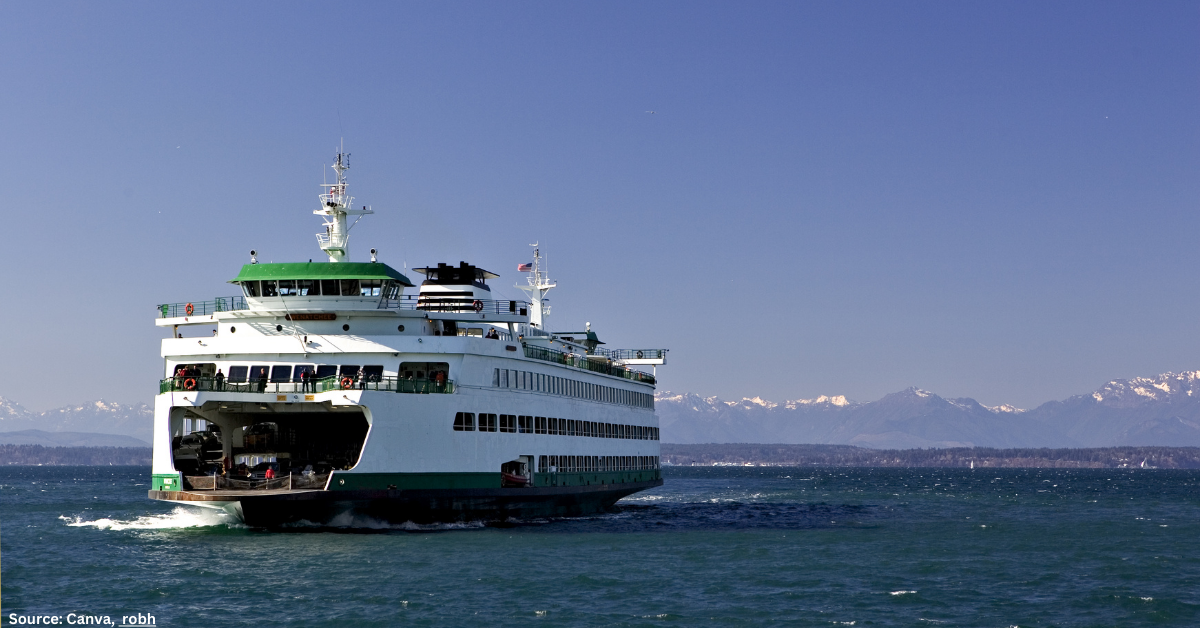
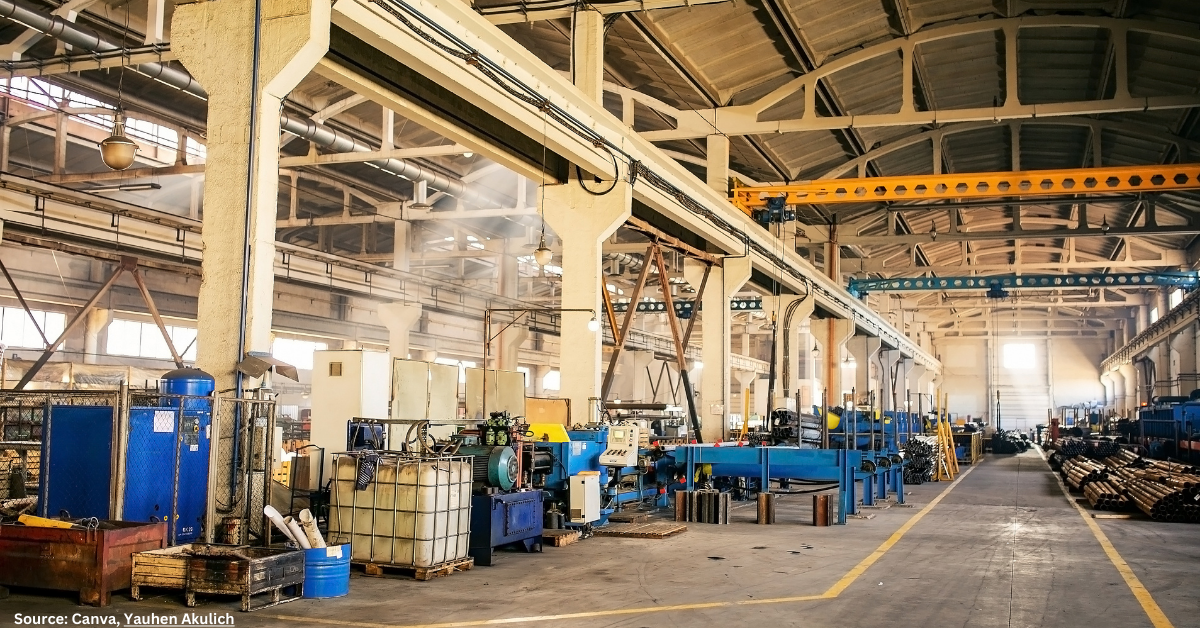







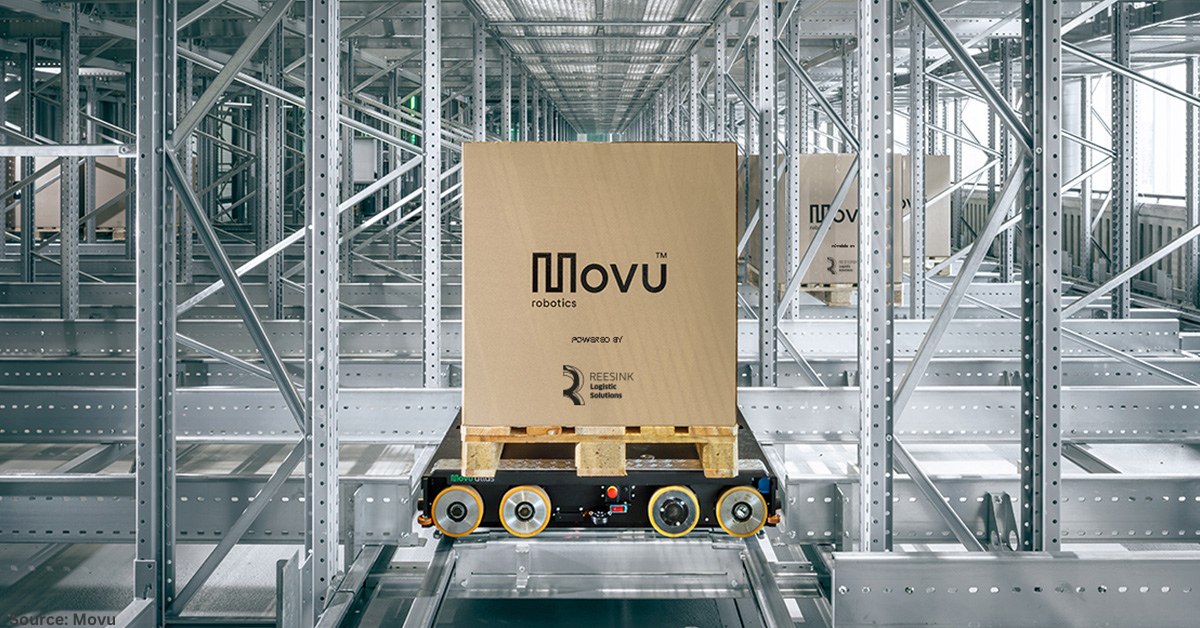














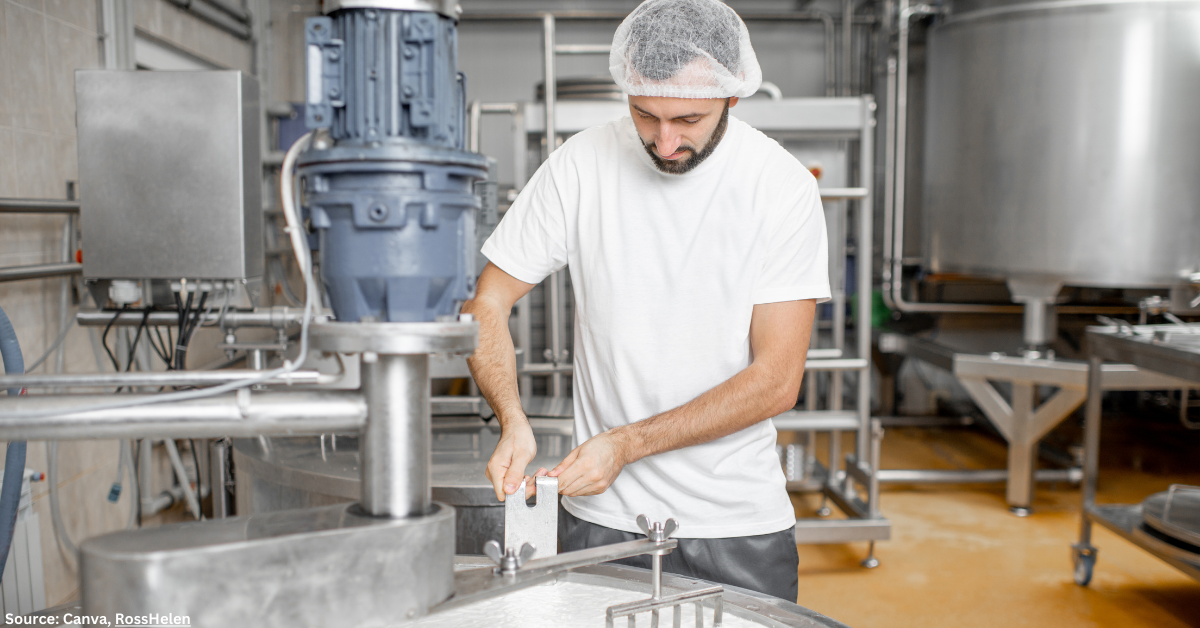













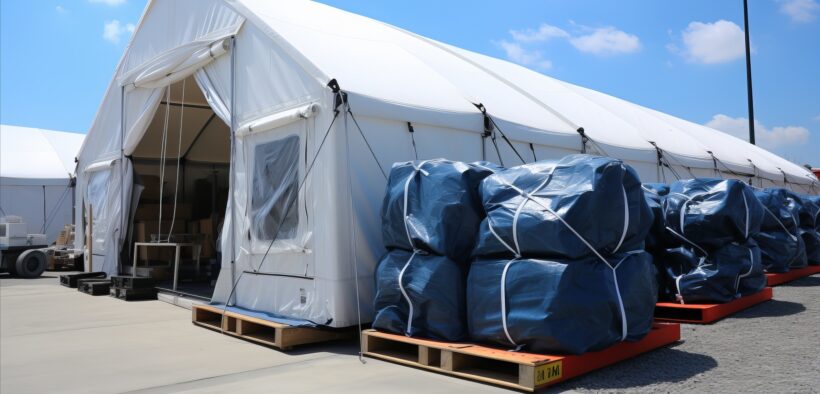






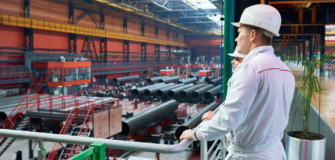
Follow us on social media